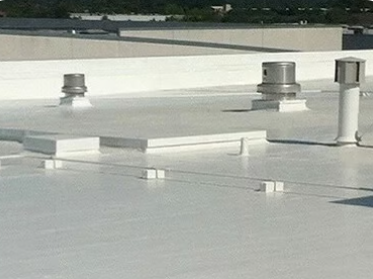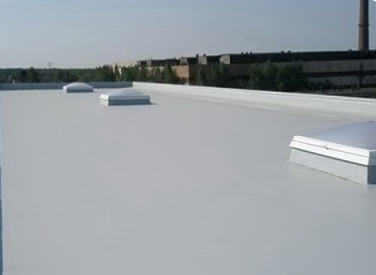
Roof Materials
When it's time to replace your roof, it's essential to understand the type of roof you currently have and explore the options available for your next roofing system. At Adviser1, our experienced team of roofing consultants are ready to assist you in selecting the best solution for your needs, no matter the type or condition of your current roof.
Choosing the right roofing material for a commercial building is crucial as it impacts both the building's integrity and its energy efficiency. Factors such as the building's structure, climatic conditions, and the amount of foot traffic the roof will endure play a significant role in this decision.
Choosing the Right Roof System Matters
Your roof isn’t just a structure — it’s an investment that protects your people, your property, and your business continuity. Selecting the right system impacts lifecycle costs, warranty compliance, and long-term performance.
To help with this process, we break down some of today’s most common types of commercial roofing systems and highlight their respective pros, cons, and lifespans.


Single-Ply
Single-ply roofs dominate the current re-roofing market. They can be installed fairly quickly and fall in the middle of the price spectrum. They come with comprehensive warranties that cover both labor and materials that typically last up to 20 years.
Single-ply roofs are low maintenance and remarkably sturdy – but by no means does that mean they can be ignored. They resist ponding water better than any other roof and the synthetic materials from which they’re made are often used as pond liners in water features. And if for any reason they need to be replaced or repaired, they can easily be torn off.
Most building owners go with single-ply roofs for good reason. They’re durable for decades, they don’t require a lot of maintenance (but still need some), and they fall into the relatively affordable price range.


TPO
Thermoplastic Polyolefin is a single-ply roofing membrane that is one of the fastest-growing commercial roofing systems on the market. TPO roofing systems are a single layer of synthetics and reinforcing scrim used to cover flat roofs. TPO roofs are expected to last 20 to 30 years, with their lifespan depending on proper installation and maintenance, which includes regular inspections and prompt repairs.
TPO membranes are manufactured in sheets 10, 12, or 20 feet wide. They are then rolled up and taken to the commercial facility.
TPO has gained industry acceptance because of its naturally reflective surface, which reflects UV rays. The National Roofing Contractors Association (NRCA) reported that TPO has about 40% of the commercial roofing market share.
